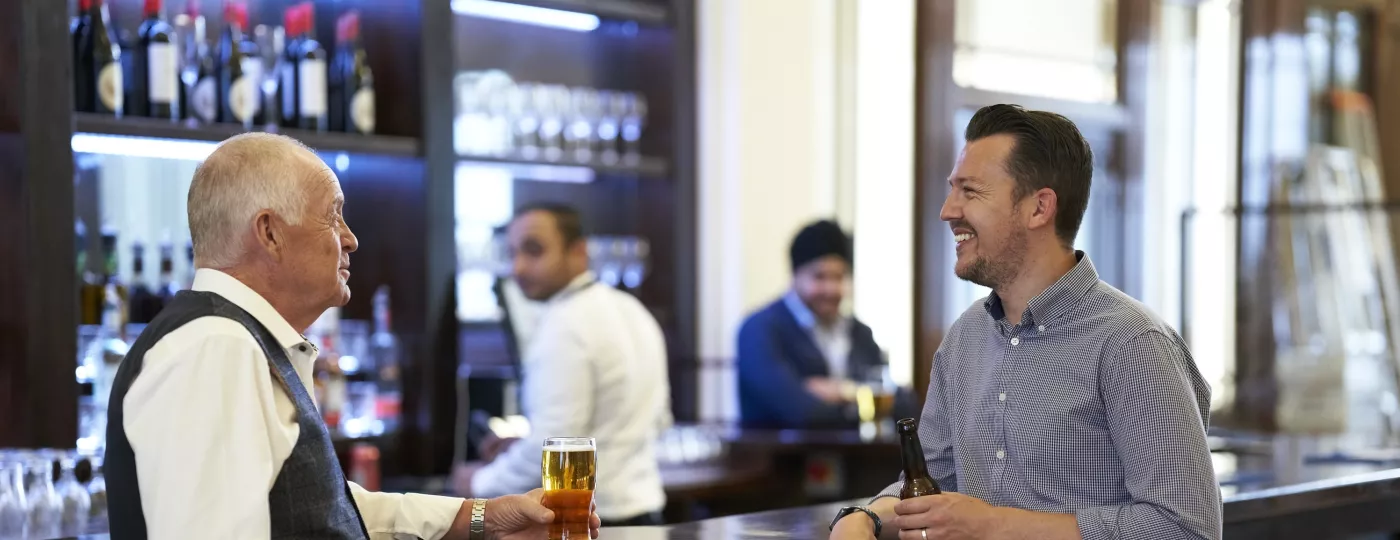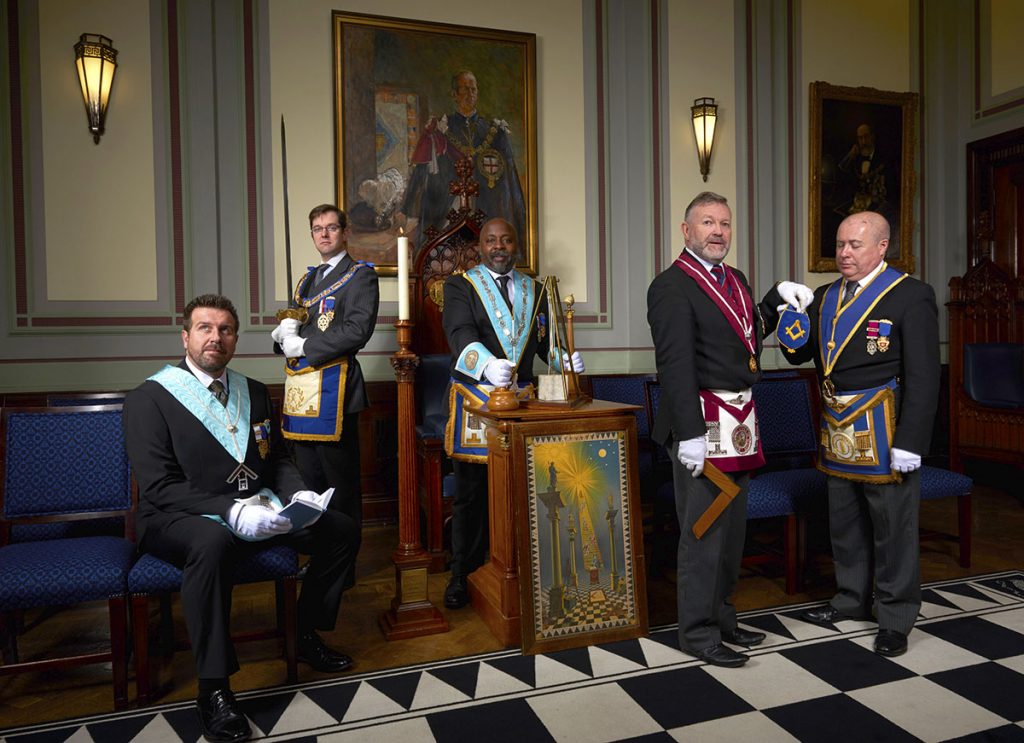Everything You Need to Know About How to Join a Masonic Lodge Today
Wiki Article
Checking Out the Mysteries of the Freemason: What You Need to Know
The Freemason, a term commonly shrouded in intrigue and conflict, stands for a complicated tapestry of historical fact and modern-day myth. Developed in the late 18th century, this secret society was originally rooted in the Knowledge's suitables however has considering that become identified with conspiracy concepts about elite control. As we navigate the beginnings, vital numbers, and the raw contrast in between misconception and reality, one should take into consideration exactly how these stories affect modern assumptions of power and secrecy. What could be disclosed with a closer assessment of these aspects can test long-held presumptions regarding the shadows that linger in our culture.Origins of the Freemason
The beginnings of the Freemason are steeped in a mix of historic intrigue and ideological fervor. Established in 1776 in Ingolstadt, Bavaria, by Adam Weishaupt, the team was at first created as a secret culture intended at promoting Enlightenment suitables such as factor, secularism, and the splitting up of church and state. Weishaupt, a teacher of canon regulation, sought to test the dominating authority of the church and state, which he viewed as overbearing institutions stifling intellectual and individual flexibility.The Freemason looked for to hire significant participants from various societal sectors, including politics, academia, and the arts, to foster a network devoted to these Enlightenment concepts. The culture operated under a shroud of privacy, using coded language and routines to secure its members from persecution, particularly offered the repressive environment of the moment. The Freemason faced considerable resistance from both governmental authorities and religious establishments, which checked out the team as a risk to their power.
Trick Numbers and Members
Who were the essential numbers that shaped the Freemason's very early influence and instructions? The Bavarian Freemason, established in 1776 by Adam Weishaupt, became a response to the overbearing social frameworks of the time. how to become a freemason. Weishaupt, a legislation teacher, imagined the organization as a way to promote Knowledge perfects such as factor, secularism, and equal rights. His preliminary recruitment efforts consisted of prominent pundits, such as Baron von Knigge, that played a crucial duty in broadening the group's membership and business framework.An additional substantial figure was Johann Gottlieb Fichte, a popular philosopher whose concepts on nationalism and education and learning reverberated with the Freemason's objectives. Fichte was not a formal member, his thoughtful bases affected the group's ideological background. Furthermore, figures like the writer and thinker Johann Wolfgang von Goethe were connected with the wider intellectual movements of the time, although their straight involvement with the Freemason remains disputed.
These essential figures added to the Freemason's early instructions, pressing the boundaries of political and social idea, while their collective efforts aimed to challenge established standards and foster an environment of modern modification in Europe.
Misconceptions vs. Reality
Many misunderstandings border the Freemason, frequently blending reality with fiction in a method that obscures its true nature. The idea that the Freemason continues to put in significant impact over world events is a misconception - how to become a freemason.An additional prevalent myth is that the Freemason consists of a network of elite people controling worldwide affairs. Actually, lots of conspiracy theory theories overemphasize the team's value, associating misguided motives to societal fads and occasions. This has actually caused an oversimplified sight of complicated issues.

Modern Interpretations
Contemporary analyses of the Freemason typically show wider societal stress and anxieties and an attraction with privacy and power. This contemporary lens regularly associates the Freemason with conspiracy theories that suggest a covert elite manages globe events, manipulating federal governments and economic situations for their own gain. Such stories take advantage of a deep-seated suspect of authority, specifically in times of situation or social turmoil.
In addition, some modern analyses frame the Freemason as an allegory for the complexities of globalization and the interconnectedness of significant people and companies. This point of view urges an important examination of just how power characteristics operate in today's world, highlighting the equilibrium in between openness and privacy in administration and business practices.
Cultural Influence and Tradition
Influenced by centuries of intrigue, the social impact and heritage of the Freemason expand far past its historic origins. This secret society, developed in the late 18th century, has actually permeated different elements of popular society, from literature and movie to songs and art. The idea of the Freemason has actually advanced right into an icon of conspiracy concepts, typically representing a viewed surprise power controling global occasions.In literary works, writers like Dan Brown have woven the Freemason into intricate plots, fascinating viewers with motifs of privacy and power. Movies such as "National Prize" and "The Da Vinci Code" better continue the attraction of the culture, mixing truth with fiction to develop appealing stories.
The Freemason's influence likewise expands into music, with musicians referencing the company to evoke themes of disobedience and societal review. This portrayal has added to an attraction with the idea of clandestine teams regulating the levers of power, showing social anxiousness concerning authority and openness.
Eventually, the Freemason's heritage is an intricate tapestry of myth and fact, forming assumptions of secrecy and control in modern discourse. Its long-lasting visibility in society highlights humankind's perennial pursuit for comprehending concealed facts.
Final Thought
The expedition of the Freemason exposes a complicated interplay in between historical facts and contemporary myth-making. Started in the Knowledge era, this culture intended to challenge oppressive frameworks, yet its tradition has actually been overshadowed by conspiracy concepts that suggest elite adjustment. Comprehending the differences between the initial suitables and contemporary analyses is vital for understanding the enduring fascination with the Freemason and its considerable influence on cultural stories surrounding power and secrecy in society.Report this wiki page